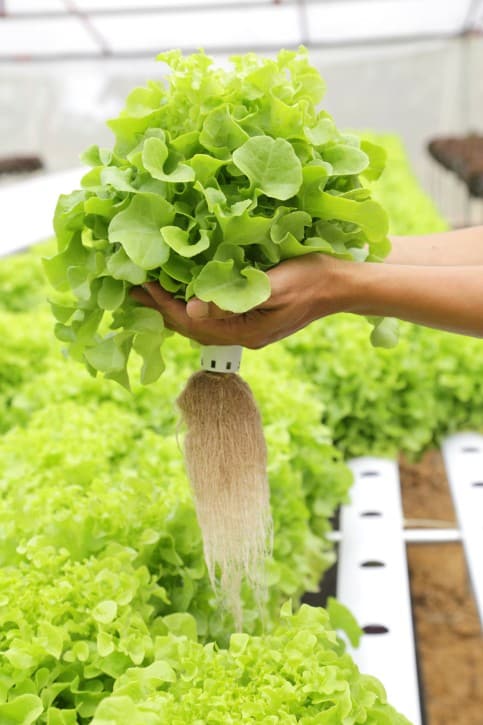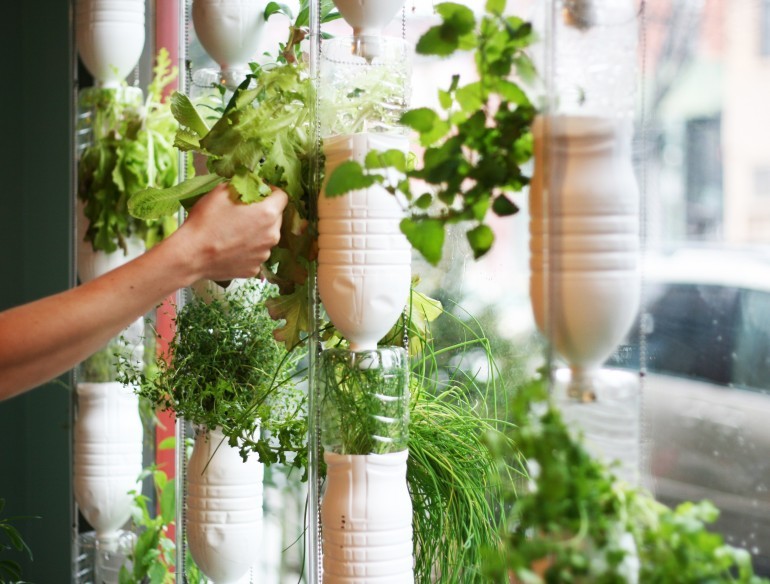Growing Hydroponically
Today, we have a grasp on an old method of providing chemical and GMO free, healthy, nutritious, and fresh food to everyone on the planet…for eternity.
And we’re not using it.

Old Growing, New Thinking
Marijuana growers know the benefits of hydroponic growing. They’ve made tremendous advancements in the technology and for this we must thank them. Without the trials and tribulations of grow-ops, we probably wouldn’t have hydroponic growing in the simplest of formats we have available to us now.
The Stigma Of Hydroponics
So why are we afraid to talk about it? Because of our pot-growing pals, hydroponics has made a name for itself and is automatically associated with this particular herb. But it doesn’t have to have this connotation.
Hydroponics is a glorious method to grow your own vegetables. When implemented on a large scale and funded through proper programs, hydroponics has the potential to feed endless hungry bellies at a marginal cost over a long term period.
Personally, I don’t condone the illegal activity that’s gone into the research of hydroponics, but I do respect the science behind it. You can pretty much grow anything hydroponically. It grows faster, stronger, better, and tastier.
So can someone please explain to me why we’re letting the stigma interfere with our ability as a society to provide healthy and efficient ways of sharing food in our communities?

Though hydroponic systems haven’t quite reached optimum economic viability, we should be forward thinking enough to see the efficiency in large scale hydroponic systems. More importantly, we should be motivated by the vision of feeding those who can’t feed themselves.
Check out these forward thinking folks in some compassionate communities:
–MIT’s Mission 2014: Feeding the World
–The Kula Project by Sarah Buchanan and James Sasson
–The Volunteer Way in New Port Richey, Florida
–Sakhiwe Shongwe and Bonkhe Mahlalela, in Simunye, Swaziland winners of Google Science Fair’s Science in Action Award
[sdonations]2[/sdonations]








